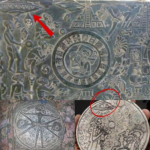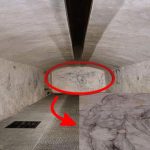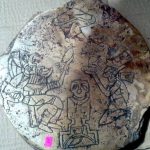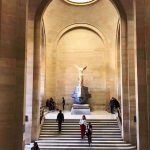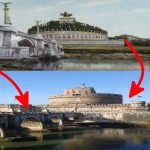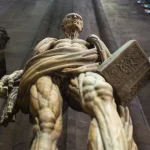The Greek Nereid Monument at the British Museum: A Historic Lycian Tomb
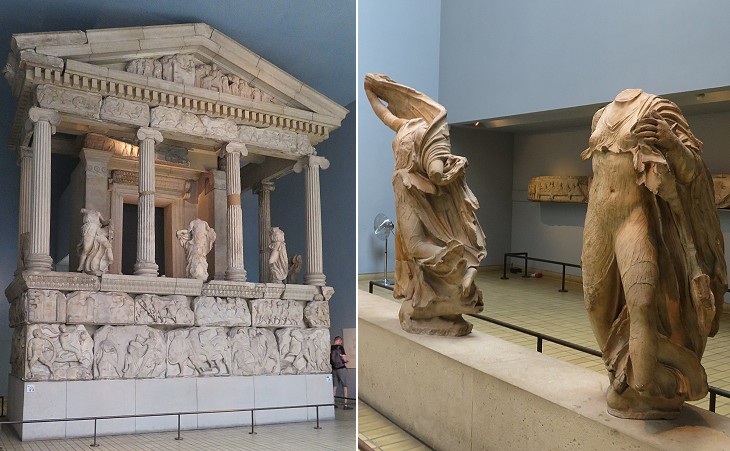
The British Museum stands as a bastion of human history, housing treasures from civilizations long past. Among its esteemed collections lies a piece of ancient splendor that whispers tales of a bygone era—the Lykian Monument.
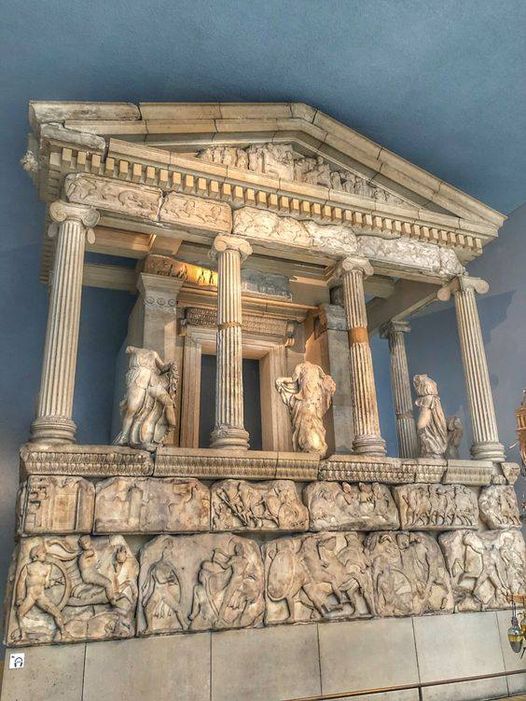
This monumental artifact, steeped in Greek history and mythology, is commonly known as the Nereid Tomb. It is a testament to the rich cultural tapestry of ancient Anatolia, where the Lykian civilization flourished. Carved from marble, the monument is a fusion of artistic styles, blending Greek and Lykian influences into a harmonious whole.
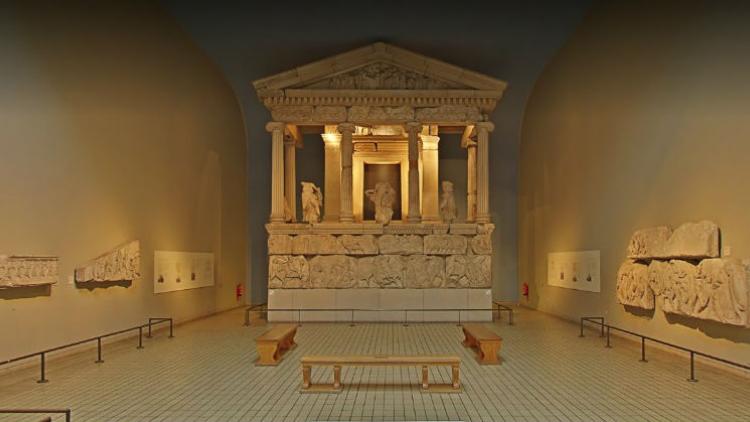
At its core, the Nereid Tomb serves as a final resting place for the deceased. However, its significance transcends mere mortuary function, offering insight into the beliefs, customs, and artistic sensibilities of the ancient world. The monument takes its name from the figures depicted on its façade—the Nereids, sea nymphs of Greek mythology who were believed to accompany Poseidon, the god of the sea.
The façade of the tomb is adorned with intricate reliefs, depicting scenes from both mythology and daily life. Nereids, with flowing hair and graceful forms, are depicted riding on the backs of dolphins, symbolizing the passage of the soul into the afterlife. Meanwhile, scenes of banquets, hunting expeditions, and battles unfold across the surface of the marble, offering a glimpse into the world of the Lykians.

The Nereid Tomb also bears inscriptions in both Greek and Lykian script, providing valuable insights into the linguistic and cultural diversity of ancient Anatolia. These inscriptions, though enigmatic to modern scholars, offer tantalizing clues about the identities of the tomb’s occupants and the rituals associated with their burial.
Historians believe that the Nereid Tomb dates back to the 4th century BCE, a time of great prosperity and cultural exchange in the ancient Mediterranean world. Its construction reflects the close ties between the Lykian kingdom and the Greek city-states, as well as the enduring influence of Greek art and culture on the broader region.
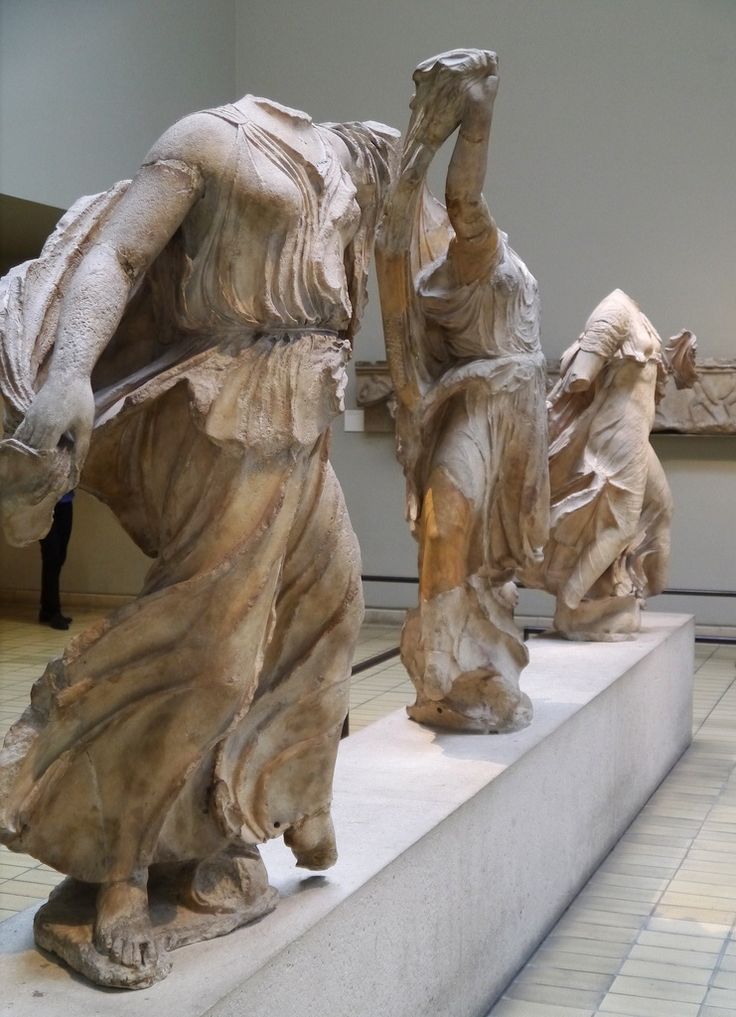
The journey of the Nereid Tomb from its original location in Lykia to its current home in the British Museum is itself a tale of adventure and discovery. Excavated by British archaeologists in the 19th century, the monument was painstakingly dismantled and transported to London, where it was reassembled with meticulous care. Today, it stands as a testament to the pioneering spirit of archaeology and the enduring legacy of ancient civilizations.
As visitors wander through the hallowed halls of the British Museum, they are transported back in time to the world of the Lykians and the Greeks. The Nereid Tomb serves as a window into this distant past, inviting contemplation and reflection on the timeless themes of life, death, and the human quest for meaning. And as the centuries pass, it remains a silent witness to the ebb and flow of history, a beacon of knowledge and inspiration for generations to come.



